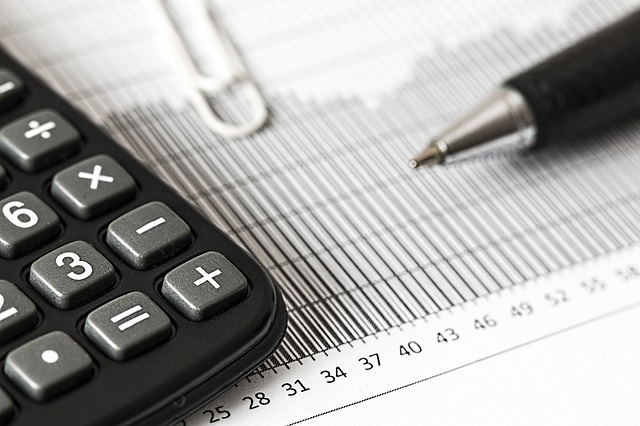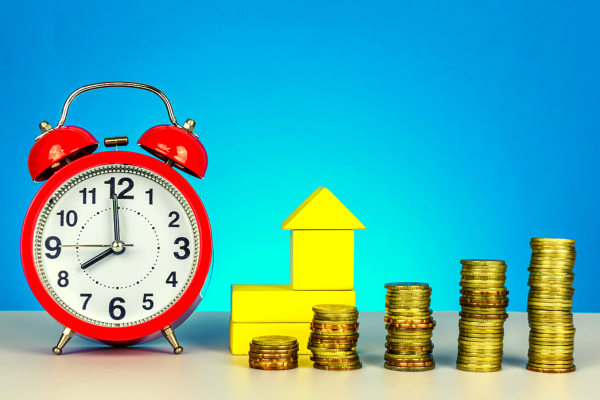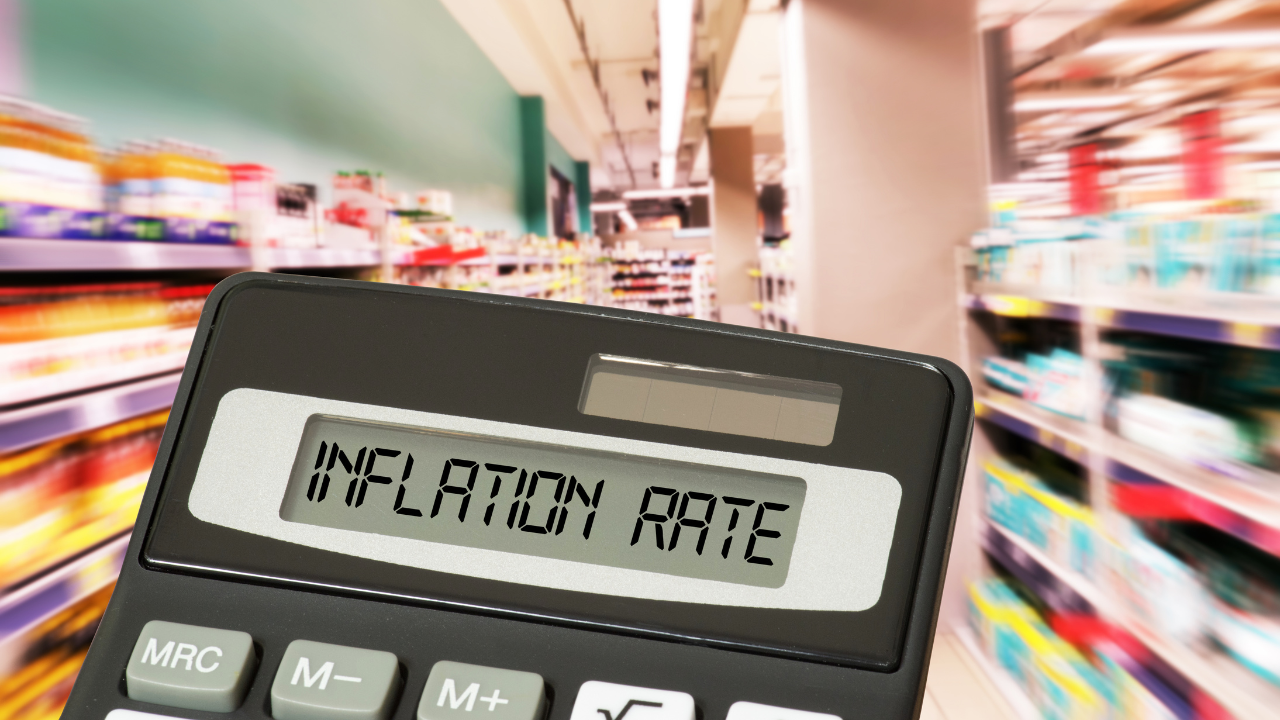For anyone who likes to keep abreast with developments in the Australian property market, you cannot help but notice that growth trends are changing across specific regions and locations. While regions in Melbourne and Brisbane (which had been the primary drivers of growth during the third financial quarter) saw the number of transactions decline last month, for example, Adelaide and Hobart enjoyed sustained growth and emerged as the potential hotbeds for real estate in the country.
An impressive 47 suburbs in Adelaide recorded rising sales activity in September, for example, while disproportionate price increases began to derails the markets in Melbourne and Brisbane.

3 Things to Be Aware of When Investing in Property
This, of course, underlines the importance of monitoring real-time market trends when looking to invest in real estate (whether residential or commercial) while interested parties must also consider a number of additional and more universal factors if they are to achieve their goals.
With this in mind, let’s take a look at three of the key considerations when looking to invest in real estate. These include: –
-
Currency Rates for International Investments
Whenever you invest commercially, you may find yourself looking overseas at international destinations. In these instances, it is crucial that you consider small but pivotal financial nuances such as the currency exchange rate, as this will ultimately precisely how much you are required to pay for your chosen property.
The AUD has remained surprisingly buoyant in recent times, so investing in a country whose currency has experienced problems recently, may result in a good deal. In the wake of the Brexit decision, the British pound faced a huge drop, making property purchases substantially cheaper overnight.
2016 has been a good year for the Australian Dollar, providing great investment opportunities in places like the UK (Credit: Oanda)

2. A lesson from the UK
For domestic investors in the UK, the nature of buy-to-let mortgages and taxation has also altered recently. This means landlords who own a number of properties to let out are now facing difficult changes to the rules. Stamp duty (the government levy on property sales) on such purchases has recently increased to 3%, for example, increasing the initial cost of buying a home for the purpose of earning income from the rental market.
Similarly, next April will also see some of the tax benefits of buy-to-let investment reduced, as the government continues its drive to reduce rentals and trigger growth in the sales market. This, in turn, will impact on the profitability of these investments, which aligned with increased costs may require investors to alter pricing plans and long-term goals.

3. Striking the Ideal Balance between Being Patient and Proactive
As a real estate investor, timing is everything. This is true in every conceivable economic climate, but particularly one where price points are so changeable and imbalanced.
Of course, domestic operators with a risk-averse approach may be tempted to shelve their real estate investment plans until the level of volatility in the Australian market subsides, but this is unlikely to happen any time soon as various regions continue to experience cycles of soaring prices followed by falling demand. The precise length of these cycles and prevailing, short-term trends can be difficult to forecast too, meaning that even real estate investors with a strong appetite for risk are facing a unique set of challenges at present.
The key, of course, is to maintain a balanced outlook, and research the near and long-term market in depth before making a final, informed decision. You also need to balance this alongside your outlook as an investor, and more specifically whether or not you are looking to secure short or long-term gains.



 YOU
YOU





 Money
Money





 FOOD
FOOD





 FAMILY LIFE
FAMILY LIFE




 HOME & GARDEN
HOME & GARDEN







 ORGANISE
ORGANISE

 EVENTS
EVENTS





 LIFESTYLE
LIFESTYLE

















